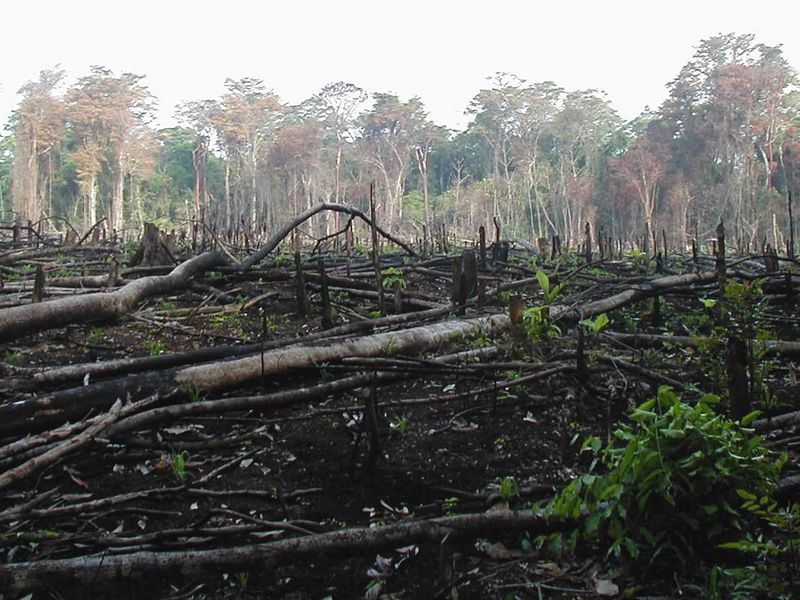
The relationship is unexpected, but easy to comprehend: Cocaine trafficking is a direct cause of deforestation and associated losses of biodiversity in the rainforests of Honduras, Guatemala and Nicaragua.
And the repercussions are global in their reach.
An Oregon State University geographer is co-author of a new study that identifies and quantifies the effects of cocaine trafficking on rainforest destruction in Central America.
David Wrathall traces the problem to the early 2000s and U.S.-led drug enforcement efforts in Mexico and the Caribbean. To escape arrest, traffickers fled to remote areas of Central America – and started looking for ways to hide their drug money.
Said Wrathall, whose research was just published in the journal Environmental Research Letters, “It turns out that one of the best ways to launder illegal drug money is to fence off huge parcels of forest, cut down the trees, and build yourself a cattle ranch. It is a major, unrecognized driver of tropical deforestation.”
Using data from the Global Forest Change program, Wrathall and his colleagues calculated that between 2001 and 2014, cocaine trafficking accounted for up to 30 percent of the total forest loss in Honduras, Guatemala and Nicaragua.
And 30 percent to 60 percent of those forest losses were in nationally and internationally designated protected areas, “threatening conservation efforts to maintain forest carbon sinks, ecological services, and rural and indigenous livelihoods,” according to Wrathall.
The burning and fencing of the rainforests is devastating not only to ecosystems, but to people.
“The indigenous people who have lived sustainably in these environments are being displaced as the stewards of the land,” Wrathall said in a news release from OSU. “These are very important ecological areas with tremendous biodiversity that may be lost.”
The solution? In their report, the researchers suggested de-escalating and demilitarizing the war on drugs, as well as strengthening the position of indigenous peoples and traditional forest communities as stewards of the remaining forest lands – and increasing awareness of the issue.
Their research has spread awareness in recent weeks, including stories on Smithsonian.com and on OregonLive.com, as well as information on the Oregon State University website. Links to all those reports are included above, and here is a link to the full report in Environmental Research Letters.
It’s important reading, and provides yet another example of the three-legged stool on which forest health sits: environment, economy, community – what the Sierra Institute’s Jonathan Kusel calls “the triple bottom line.”
“We are cruising through the last of our wild spaces in Central America,” Wrathall said. “Obviously, ending the illegal drug trade would be the best solution, but that isn’t going to happen. In fact, when drug enforcement efforts are successful, they often push the activity into remote areas that haven’t had issues before, such as remote biodiversity hotspots.”
“In Panama, the financial system is built to launder cocaine money so they don’t need to cut down trees to build ranches for money laundering,” he said. “In Honduras, land is the bank.”

Leave a Reply